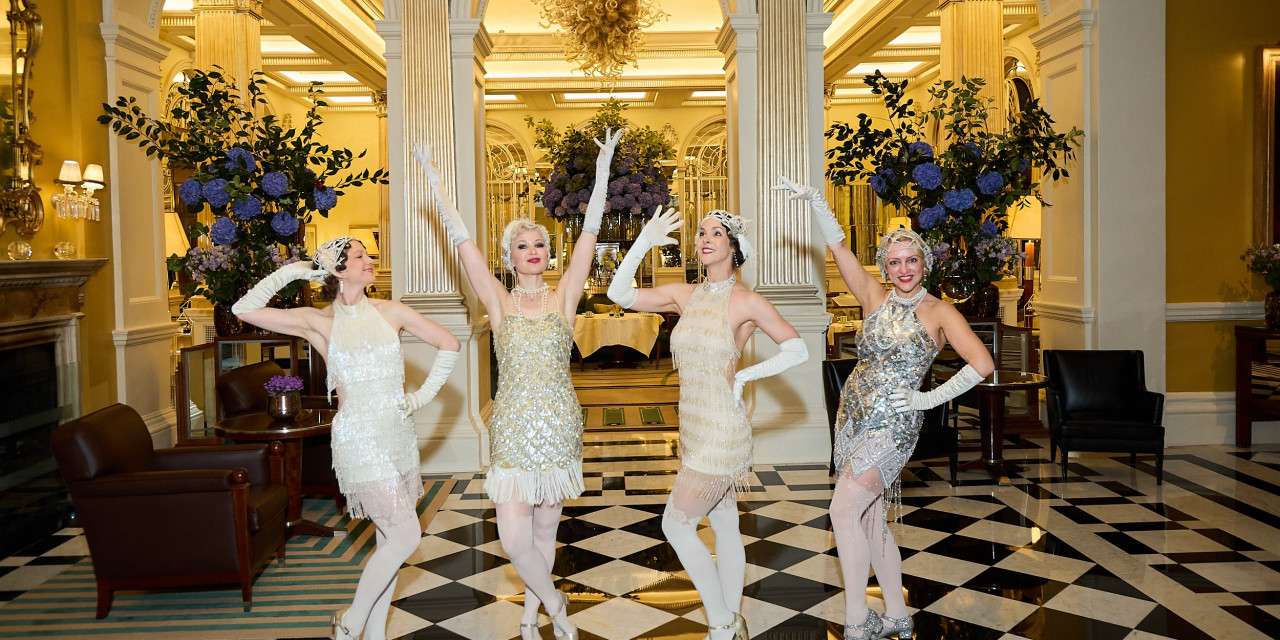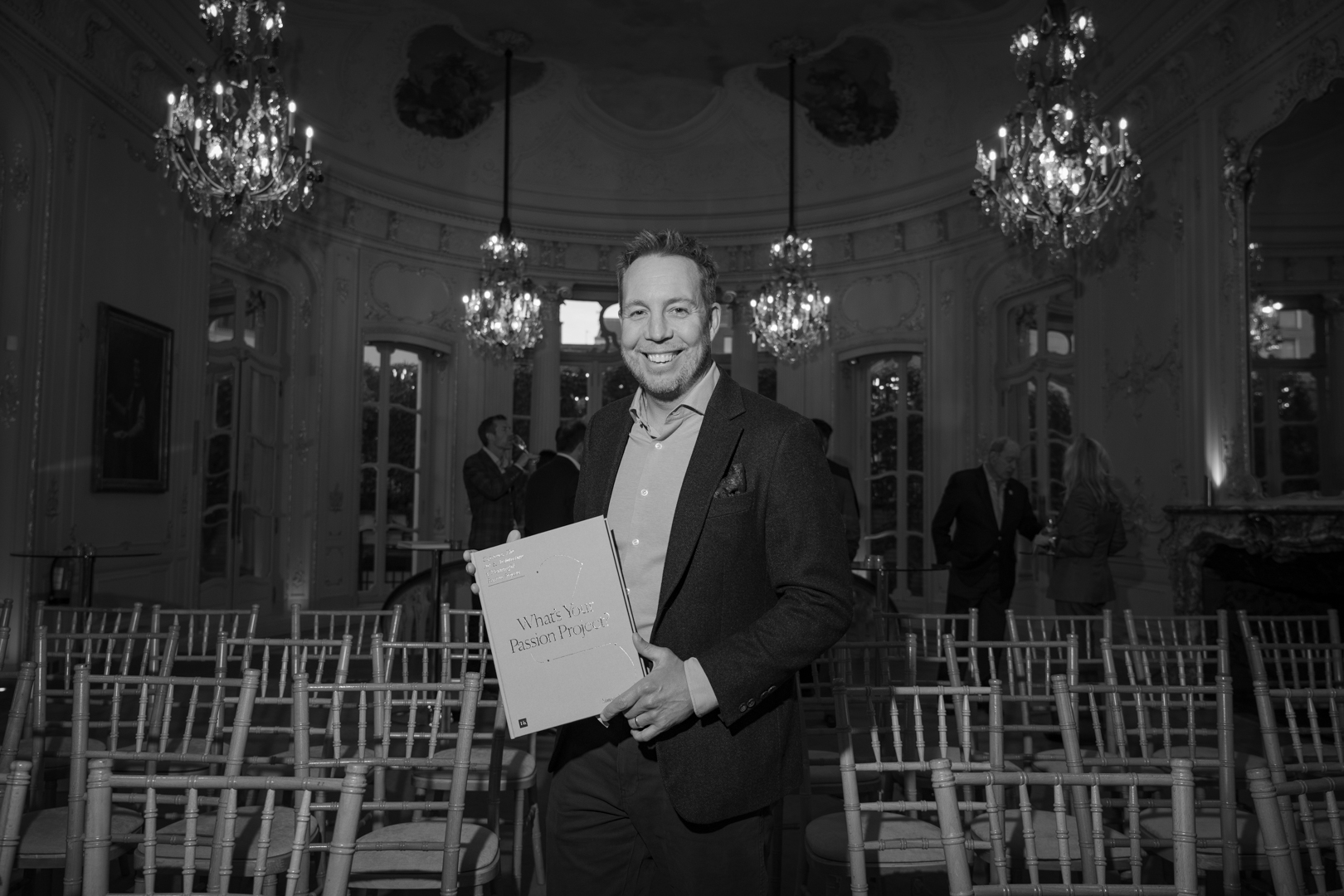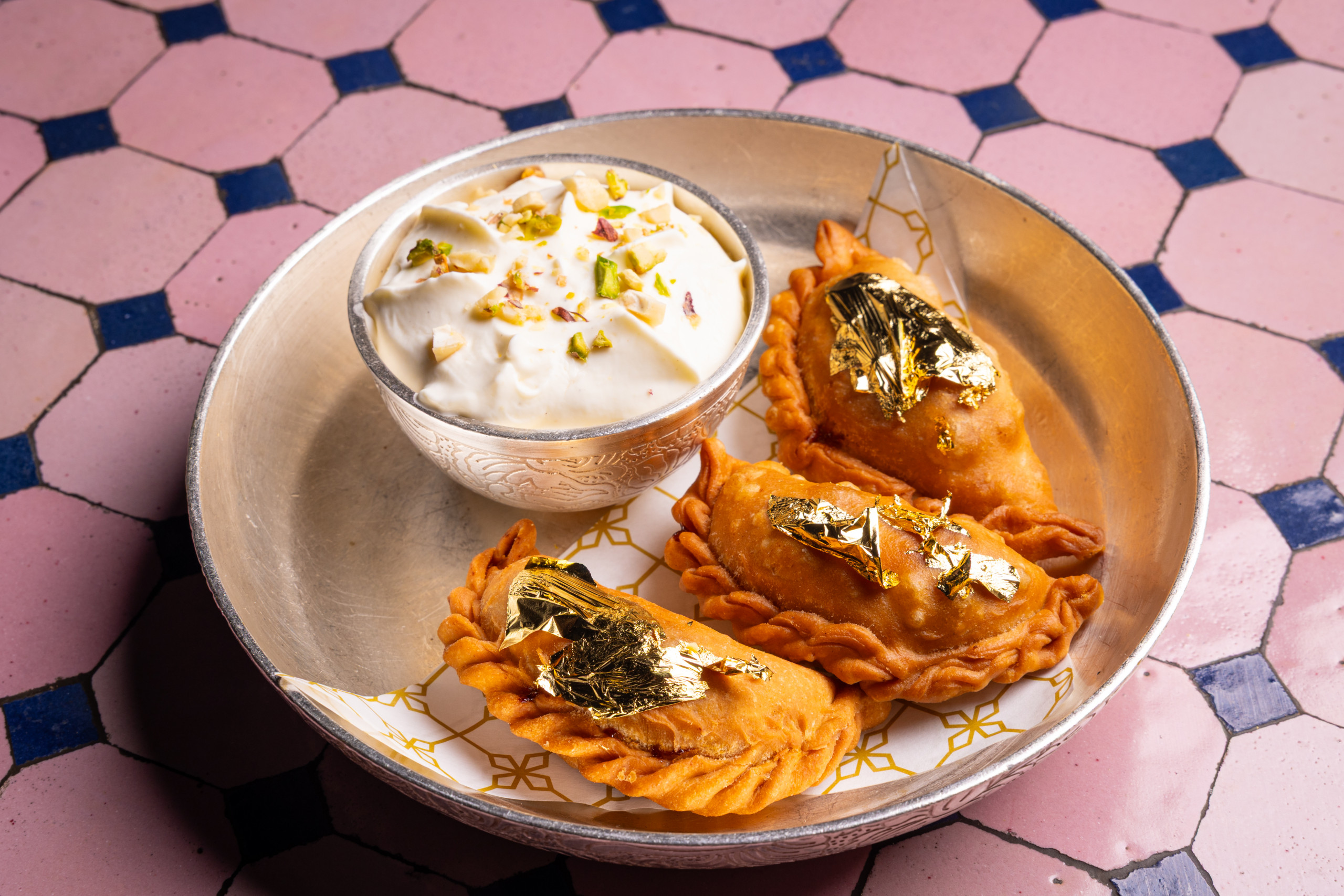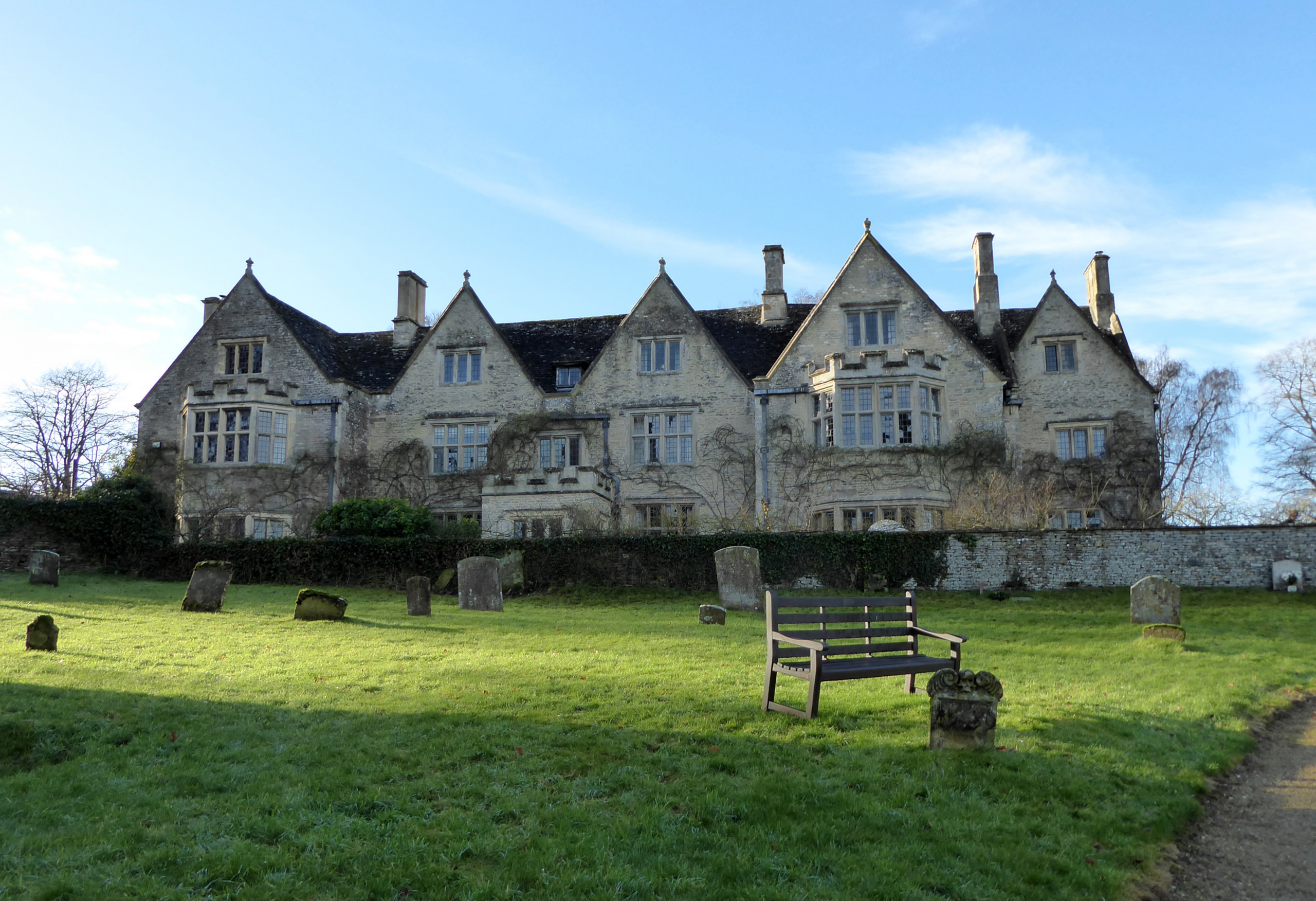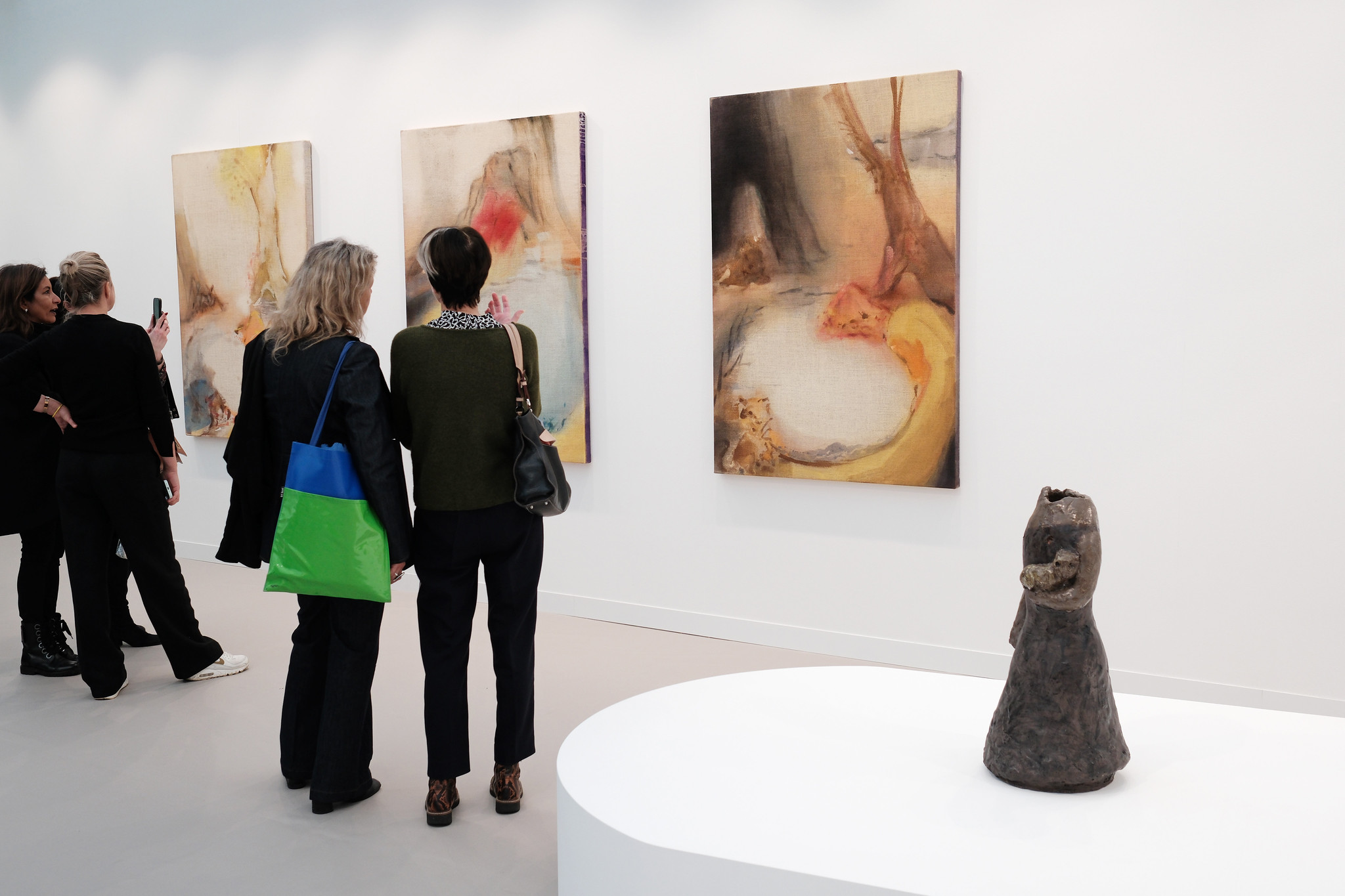Claridge's is celebrating the 100th anniversary of art deco in style, with a dazzling array of events ranging from Flapper cocktails in The Fumoir to tours, talks and a decadent sleepover
Words: Jonathan Whiley
If you see any Hanky Panky at Claridge's don't be alarmed, old sport – at least this particular sleepover has the grace to feature original Lalique glassware. Haven't you heard? Mayfair's storied address is marking the 100th anniversary of art deco with a year-long celebration of the Roaring Twenties and a series of Bright Young Things experiences.
It's quite the hoot. Think Charleston masterclasses, Flapper cocktails in The Fumoir (signature creations from Cecil Beaton's Cocktail Book) and a special Claridge's sleepover (hence those Hanky Pankies).There is also the chance to enjoy a Great Gatsby pre-theatre dinner before seeing the new musical adaptation at The Coliseum (after all, F Scott Fitzgerald was a regular guest), as well as a series of fascinating art deco salons with intimate talks on fashion, fragrance and music from an array of aficionados.
The Bright Young Things were the carefree generation of dazzling young aristocrats and socialites who lit up interwar London. Their lavish fancy-dress parties and taste for exotic cocktails led to antics that would capture the imagination of writers such as Nancy Mitford and Evelyn Waugh and play out under the gaze of society photographer Cecil Beaton. What's more, Claridge's was at the heart of this newfound extravaganza and razzmatazz.
The hotel's archivist, Kate Hudson, tells me it's been a delight to dig into the archives, finding rare pieces from front covers of Tatler to dance cards and programmes for glamorous balls (with deco green and silver designs) and luggage labels with geometric Claridge's logos. Kate says the context in which the Bright Young Things – or Bright Young People as they were originally called by the Daily Mail in 1924 – emerged is important to note; leaving behind the aftermath of the First World War and moving away from strict Edwardian values.
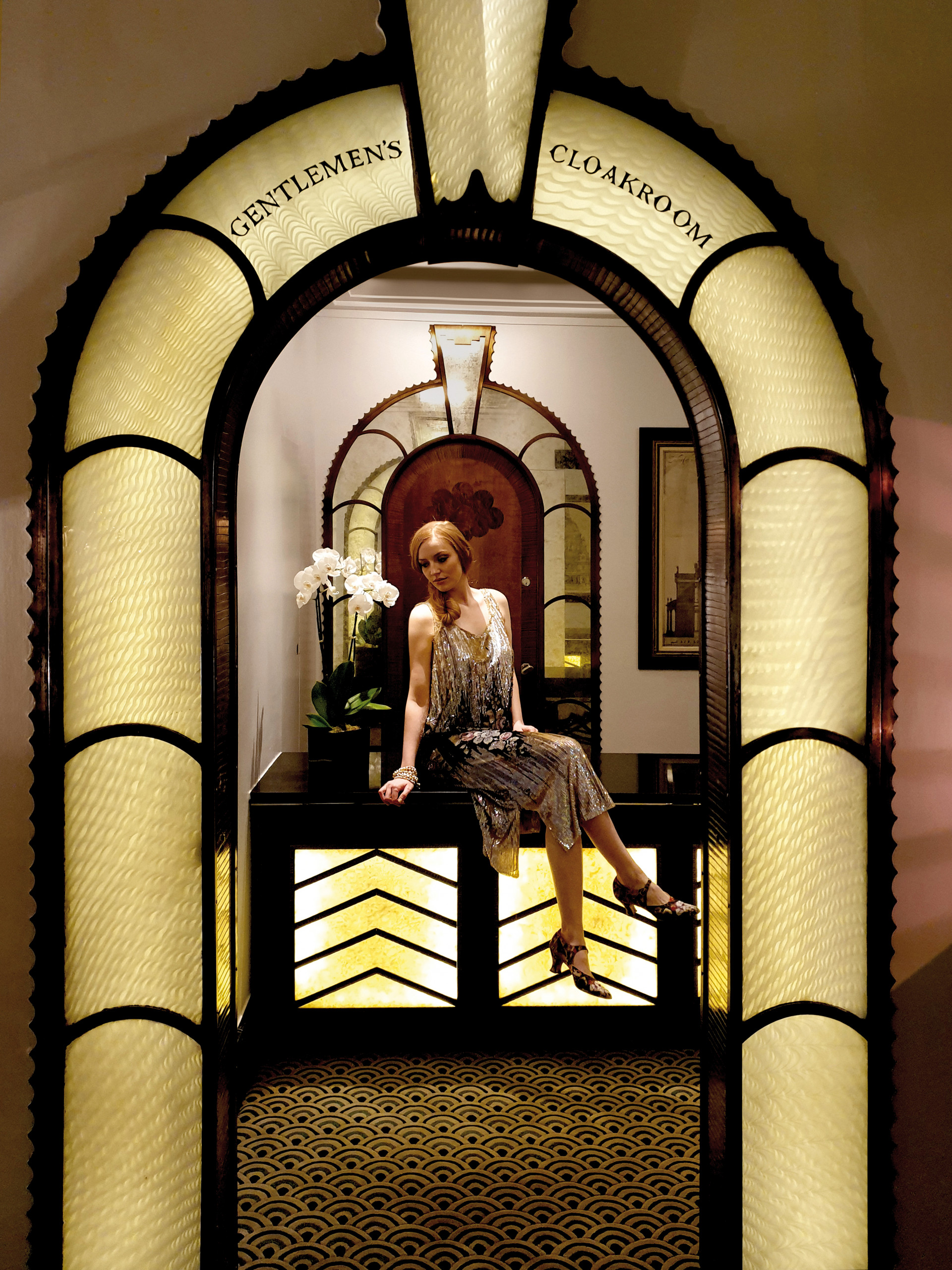
“A new sense of creativity and modernity was sweeping across Europe and they found an outlet by partying hard,” she says. “There was outrageous behaviour such as drug taking, but they were not ostracised from society. I think they worried their parents and probably scandalised a few people, but they were still very much part of society. “There was so much that was new; the cocktails, the drinking, the partying, the drug taking. It was all quite excessive.”Kate says at the beginning it was a very small sprinkling of people; the height of society. “Barbara Cartland [the late novelist was considered a Bright Young Thing herself] was very clear that for her it was a small group, predominantly girls, and it began as little larks around London and then it became a bit of a thing in the press. Treasure hunts were big; you needed to collect a policeman's helmet [for example] and there was a treasure hunt through Selfridges that was written about in the Daily Mail.”Waugh in his novel, Vile Bodies, satirises the Bright Young Things. He writes of their hedonistic parties – wild west parties, Greek parties, Victorian parties, almost naked parties – and summarises them as “cosmopolitan, sympathetic to the arts, well-mannered and above all ornamental”.
“We have mythologised this period,” says Kate. “It was a very small group of aristocrats and socialites [the originals include the likes of Elizabeth Ponsonby and Stephen Tennant]. They were daring, but not outrageous particularly – I think that came a little bit later. There is a wonderful quote about how they literally ran from party to party and were desperate not to miss anything. It was super-charged Fomo and the parties took place everywhere from private houses to hotels.”Claridge's was always very much the hotel for the aristocracy.
In the 1920s and 3os there were a lot of charity balls put on by these committees of aristocratic ladies. Many of them were themed; one of the most famous was in 1935 and it was called the Olympian ball. The costumes are out of this world.” Kate says she has been “massively” surprised at just how popular their celebration of art deco and the Bright Young Things has been so far, but reflects that in a fragile world, people are looking for glamour and sparkle just as they did in the aftermath of war.
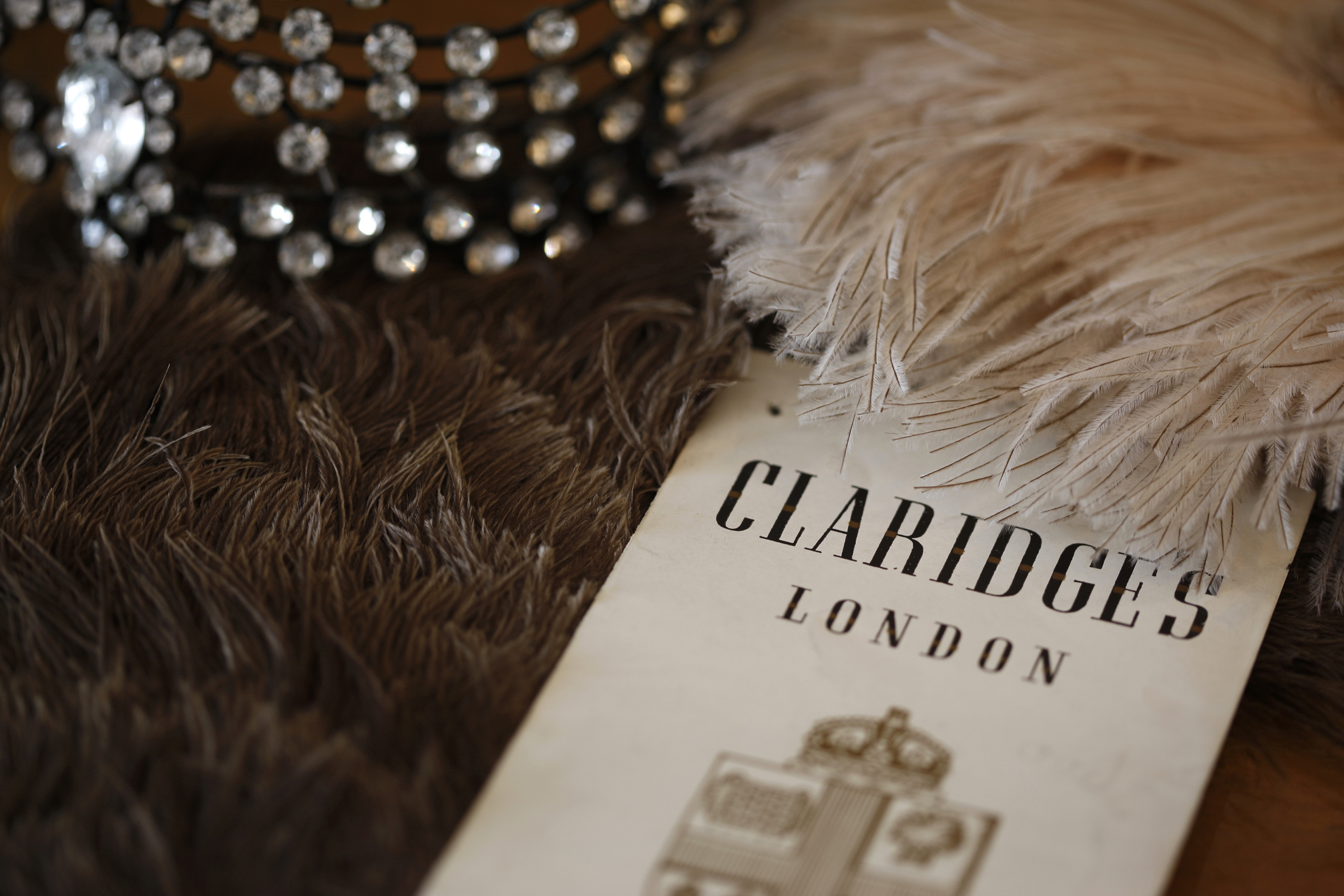
“At the moment there is a need for that escapism again,” she says. If you are lucky enough, nab a spot on one of Kate's art deco tours. While art deco's birthplace lies in Paris at the International Exhibition of Modern Decorative and Industrial Arts in 1925, Kate will talk you through its influence on Claridge's as we know and love it today. “Hotels are always a bit like the Forth Bridge, you are constantly tweaking and so, in 1926, the hotel decided they needed to do some tweaks. They invited in Basil Ionides; he was a bright aesthetic light at the time and the society darling.
“He had come back from the [Paris] exhibition and was very influenced by the modern style. The changes were made with such a light touch and well received. We have a press release that says ‘there will be much to interest, though nothing to startle'” Encouraged, then owner Richard D'Oyly Carte brought in architect Oswald Milne, who had built Coleton Fishacre, the D'Oyly Carte family's house in Devon. “He did the next set of works from 1926 to 1932. He worked on the restaurant, some of the bedrooms, the extension block which houses the ballroom and totally refigured and revitalised the front of the hotel.” Enter stage left what Kate calls “a shimmering wonderland of light and marble and mirrors and soft, diffused lighting”. The scene has been set ever since.

